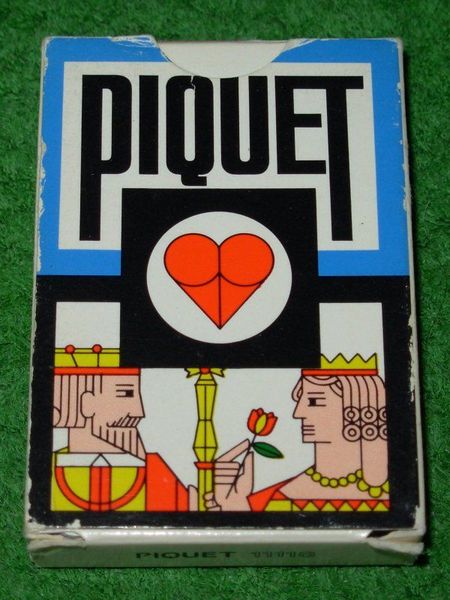Piquet (1534) Board Game
Piquet is a classic card game that originated in France in the 16th century. It was popular among the French nobility and later gained popularity in England and other European countries. The game involves strategic gameplay and elements of trick-taking and set collection.
Game Components of Piquet
How To Setup Piquet
To set up Piquet, the player who cuts the higher card deals first, with the dealer referred to as the *younger hand* and the non-dealer as the *elder hand*. Each player is dealt 12 cards, and the remaining 8 cards form the *talon*. The elder hand exchanges up to five cards from the talon, while the younger hand can exchange up to three cards. Players can examine their own discards at any time during the play.
Gameplay Mechanics and Game Objective
Player Experience
Piquet offers a deeply strategic and intellectually engaging experience. The game is virtually one of perfect information, allowing players to deduce much of their opponent’s hand through careful observation of the cards exchanged and declared combinations. This leads to a game where strategy and bluffing are finely balanced, making it appealing to players who enjoy complex card games.
Pros
Cons
Personal Thoughts on Piquet
Piquet is a game tailored for serious card game enthusiasts who appreciate strategy, deduction, and historical gaming experiences. It is not for the faint of heart, as it demands attention to detail and a willingness to learn and master its complex rules. However, for those who enjoy deep, intellectually challenging games, Piquet offers a rich and rewarding experience that has captivated players for centuries.
We are supported by our audience. When you purchase through links on our site, we may earn an affiliate commission, at no extra cost for you. Learn more.

